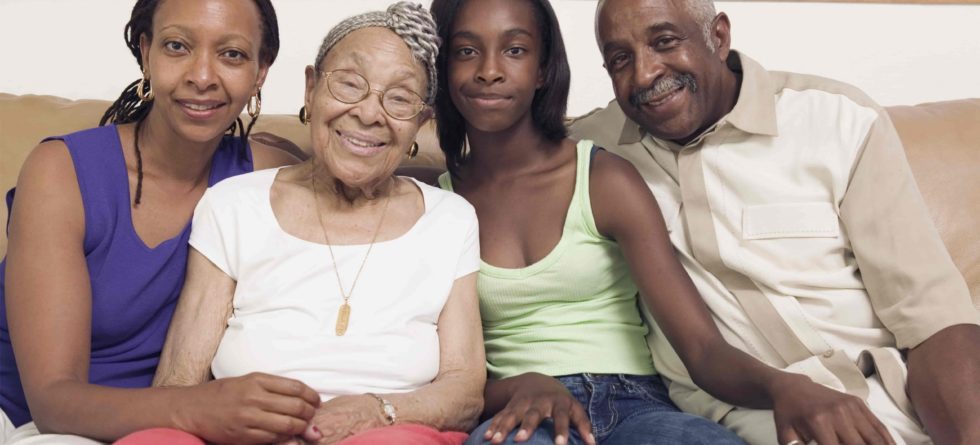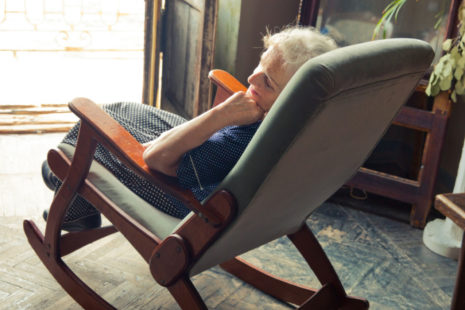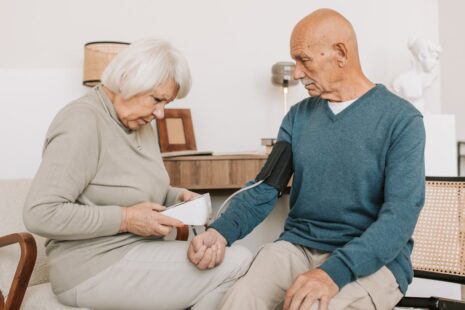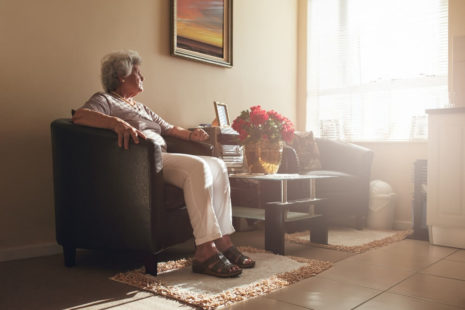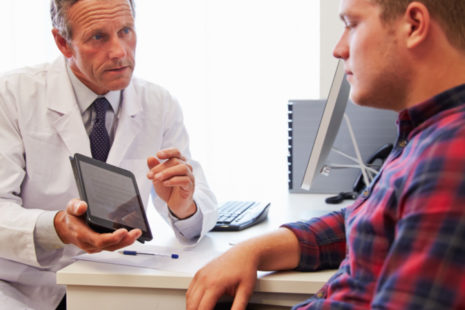Stroke
Stroke is a disease that affects the arteries leading to and within the brain. During a stroke, the brain’s blood supply is interrupted, and leads to the death of brain tissue within minutes of the blockage.
There are two types of strokes. The first type is what’s called an Ischemic stroke.This means that not enough blood is getting to the brain, because blood clots, or plaques, form inside the blood vessels. Blood carries oxygen and nutrients to different parts of your body. When blood flow to your brain is blocked, your brain cells begin to die within a matter of minutes. Ischemic Strokes make up about 80% of strokes.
The second type of stroke is called Hemorrhagic stroke, or cerebral hemorrhage. This happens when a blood vessel ruptures and blood spills into the brain killing brain cells. It is usually caused by high blood pressure, or an aneurysm. An aneurysm is a weakened area of the blood vessel that balloons out and can rupture.
Strokes can have devastating effects.
When brain cells die during a stroke, some of the basic functions controlled by the brain are affected. These include paralysis, weakness, or numbness in parts of the body. Speech and communication problems, memory and vision loss may also occur. Personality may be affected too, in some cases.
Almost all strokes are preventable. With the exception of advancing age, most risk factors for strokes can be controlled with lifestyle changes. Some of the risk factors for a stroke include:
Diabetes
High blood pressure
Physical inactivity
Poor diet
Stroke Prevention
Almost all strokes are preventable. With the exception of advancing age, most risk factors for strokes can be controlled with lifestyle changes. Some of the risk factors for a stroke include:
Diabetes
High blood pressure
Physical inactivity
Poor diet
Stroke Symptoms:
A Stroke can happen suddenly. Here are some of the signs of a stroke:
Sudden numbness or weakness of face, arm or leg, especially on one side of the body.
Sudden confusion
Trouble speaking
Sudden loss of vision in one or both eyes
Sudden loss of balance or coordination
Severe headache with no known cause
When you suspect someone has had a stroke, here are three questions you should ask:
Ask the person to smile. Does one side of the face droop?
Ask the person to raise both arms. Does one arm drift downward?
Ask the person to repeat a simple sentence. Are the words slurred?
If the answer to any of these questions is, yes, then time is critical. Call 911, or take the person to the hospital immediately.
The impact of the stroke may depend on how quickly you respond and get treatment. Always pay attention to these signs, and if you have any doubt, get medical attention immediately.
Here at Progressive Home Health & Hospice we provide care in the comfort of your home after a stroke, or any hospitalization. Our staff is available and ready to admit patients on weekends, evenings, holidays and at any other time.
At Progressive, we know our patients and their families may have questions about home health and hospice care. We can help put your mind at ease by answering questions, providing you with helpful resources and keeping you up-to-date on health-related news. Please contact us at 316-691-5050 in Kansas and 402-933-5836 in Nebraska.
At Progressive, People Matter.


